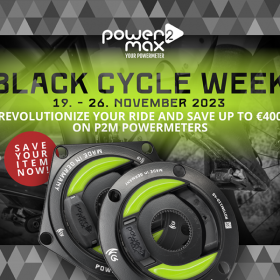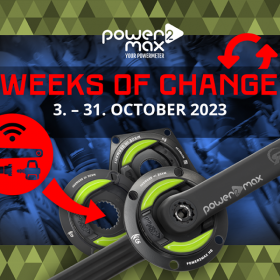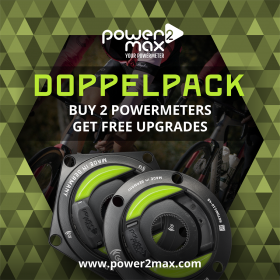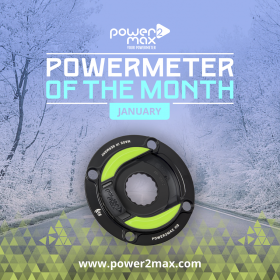Andrés Díaz is a specialist on equipment & performance analysis, he studied mechanical engineering and worked for several cycling companies. Additionally, he is a passionate triathlete and always strives to improve his own performance as well as the performance of the athletes he works with. In his article about cycling power and cadence he talks about using the right cadence in cycling and triathlon. A topic that has been discussed for decades.
Why do power and cadence matter?
It is important to consider cadence as a part of cycling training, because cadence is directly related to cycling power:
P = F x V
This simple physical equation is the basis of calculating power in watts (P) for each cycling power meter. F is the force we apply on the pedals or how hard we push the pedals. V is the angular velocity or how fast we turn the cranks, the cadence. Therefore, there are three ways to produce more power: 1. we can apply more force on the pedals, 2. we can increase our cadence or 3. we can do both things at the same time, as when we sprint!
Optimal cadence for cycling and triathlon
During the last decades many studies on cadence were done but it has not been demonstrated that there is a certain optimal cadence for cycling and triathlon. It always depends on our own physiological characteristics and the discipline i.e. road, TT, MTB, BMX, track, short distance triathlon, long distance triathlon etc.
Normally, the shorter the duration and the more explosive the discipline gets, a higher cadence has its advantages. For example, BMX cyclists are known to have higher maximum power values than professional road cycling sprinters. The key fact is that these BMX cyclists reach their peak power at cadences close to 220-240rpm.
Longer ride – lower power and cadence
As we increase the duration of the discipline, the values for power and therefore of cadence decrease. Here are other examples:
1 km TT – Track: 60 seconds @ ~1000w ~130rpm
4 km Pursuit – Track: 4’20” @ ~500w ~115rpm
Pro Cyclist – 40km Time Trial: 50’ @ ~400w ~95rpm
Pro Triathletes – Ironman distance: 4h15’ @ ~300w ~85-90rpm
Top Age Group triathletes – Ironman distance: 4h40’ @ ~250w ~80-85rpm
Age Group triathletes – Ironman distance: 5h30 @ ~200w ~75-80rpm
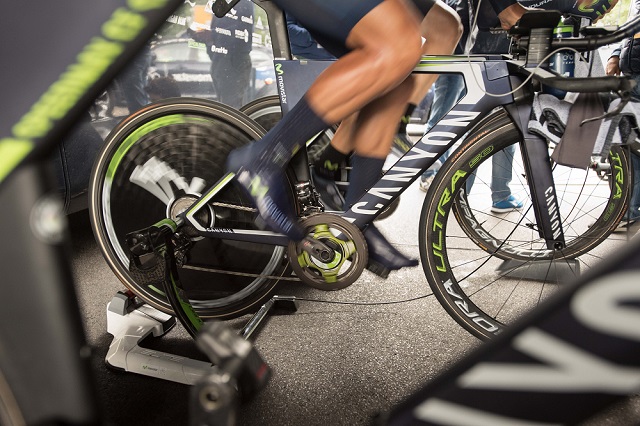
What seems clear from scientific studies is that high cadences during a long period of time, such as a mid-distance triathlon or Ironman, is related to greater physiological and neuromuscular fatigue due to increased cardiac output. On the contrary, low cadences are related to greater muscular fatigue. The consequences of riding with high or low cadences related to the running performance in a long-distance triathlon would result in another debate.
I believe that the best cadence is the self-chosen one, that is to say the one that the body asks for at a certain moment for a certain intensity. That does not mean that we have to forget to train different cadences. In my opinion it is not a bad idea to perform certain workouts with different cadences so that we have a wider range of cadences in case we need it on a certain occasion i.e. a steep climb or a straight downhill with tailwind.
Get your new power2max power meter with an integrated cadence sensor here.

